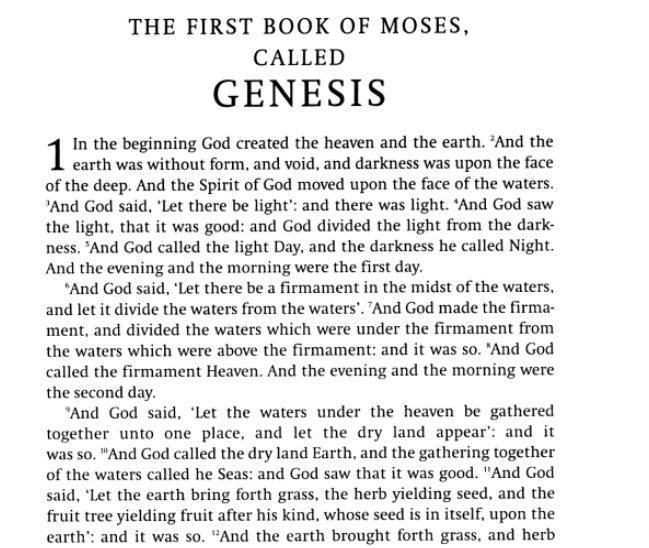Bob Stein at if:book blog (Institute for the Future of the Book) points to the recent vision-of-the-future video from French publisher Editis. He remarks, “this film loads very very slowly but i think it’s the most exciting vision of the book of the future since Apple’s Knowledge Navigator in 1987.”
In the 9-minute video, we get mouth-watering, partly tongue-in-cheek scenes of continental Europe’s quality-of-life — fantastic trains & pedestrian streetscapes,independent bookstores, delicious food, world-class museums, weekend getaway to Bruges, etc.– as the movie follows a couple through a riotous few days of E-book high living.
On their fabulously svelte, Kindle 2-like devices, they
- read and purchase novels
- enjoy reading on the beach
- get multimedia museum guides
- navigate foreign cities with ease
- stay in multimedia contact with friends and family
- collaborate with colleagues on shared virtual desktops while at sidewalk cafes
- see many hi-resolution Breughel paintings online and off that I’m dying to see myself
- etc.
It’s great stuff. I couldn’t help but be struck, however, by the sheer badness of my user experience in trying to watch this video. On my cable-modem connection at home — which costs an an exorbitant sum, by present-day French broadband standards — the nine minutes of video stopped and started across 30 minutes of my viewing time, such that before long I shifted focus to another task and was just glancing over at the video pane now and then when a few new seconds deigned to arrive.
Of course, we can say that my connection is bad, and maybe my online-backup process is conflicting, and maybe Time Warner Cable has limitations on sites starting with “e”, and maybe the demand for the video is really high at this particular hour, the host is rationing access, yadda yadda.
The thing is, though, my connection isn’t really bad, it’s normal to good. It’s video-capable in the last-mile, for sure; but across large Internet distances it’s subject to many latency delays like almost everything is.
What’s really bad is that it a purportedly state-of-the-art Web video presentation would be implemented as a stream only, quite possibly streaming from a French host directly to me. This is sheer madness from the standpoint of user experience. (admittedly, I didn’t look into it very far to see if alternate presentations are possible. But I’m channeling past experience with other video clips here).
Even if the host has limited bandwidth (not likely — Editis is one of Europe’s biggest publishing companies), the last thing you want to do is force a viewer to sit through the stuttering, piecemeal delivery that results. Please make the file downloadable, so the viewer can watch it undistracted when and only when it’s all there. Or distribute it to Youtube, Bittorrent, and/or other scaleable infrastructures. If there were a best-practices `”pattern language” for how to do web video, this would probably be among the first entries.
The deeper point is that, technology aside, I myself am the cause of all sorts of interruptions: like, the kettle boiling, an urgent or more interesting message appearing, deciding to go walk the dog, etc. The video download should no more presume my continuous full attention than it should assume continuous full bandwidth.
You could also say, life is mostly not full-attention. Social interaction, or walking down a street, or browsing a market, or working in an office, is a full-blown constant negotiation of many communication channels and actors.
Full attention is a peculiar condition, of certain occasions such as religious ritual, theater and film stagings and screening, of interpersonal intimacy, of deep pleasure reading or intensive study.
The Editis video addresses this reality beautifully, in my opinion, precisely by showing their e-book device embedded effortlessly in so many different real-world scenarios of the main characters. It isn’t a thing-in-itself, in a demo setting. The Editis video stresses, as did computer visionary Douglas Engelbart decades ago, how the technology is valuable because it augments our lives and intelligence, rather than displacing it or delivering something purportedly all new.
Without this being the baseline vision, we are in the land of tech fetish objects worshipped by early adopters, with the rest of us unserved or subservient.







 If this brasswork is as old as the building (1926), it’s actually quite remarkable that the Chinese “father of printing” was given the first place in this pantheon. It’s strange, however, that the screen presents his years as “954-881”, i.e. B.C., about 1900 years earlier than the real Tao Feng (aka
If this brasswork is as old as the building (1926), it’s actually quite remarkable that the Chinese “father of printing” was given the first place in this pantheon. It’s strange, however, that the screen presents his years as “954-881”, i.e. B.C., about 1900 years earlier than the real Tao Feng (aka 
